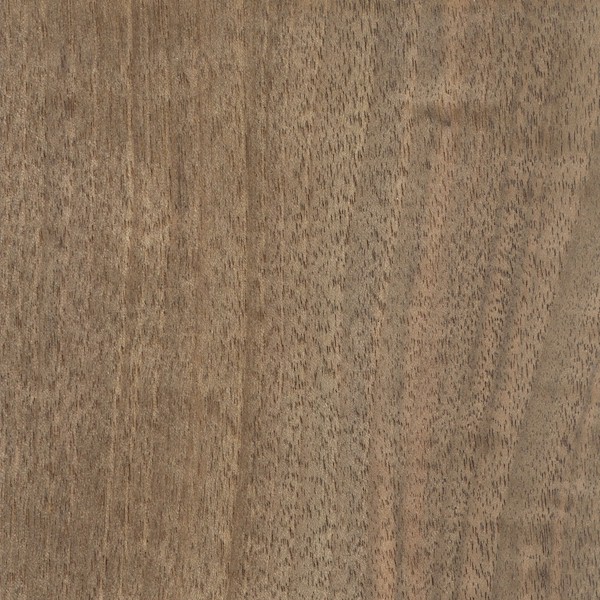
Domestic, English Walnut
Email updates
Subscribe to Email Updates and always be the first to hear about what is happening.
Business
Find Us



342 E. Barham Drive
Suite D
San Marcos, CA 92078
Suite D
San Marcos, CA 92078
(760) 580-4271
